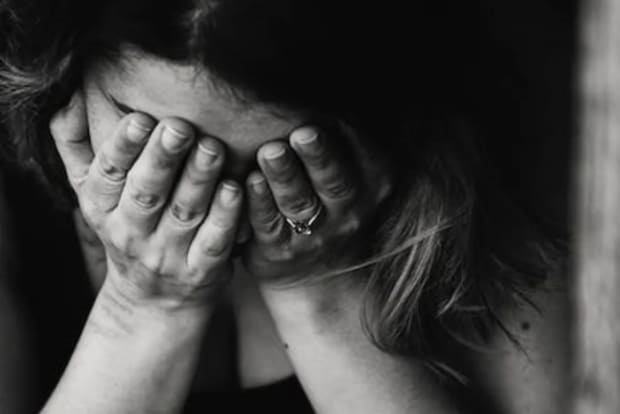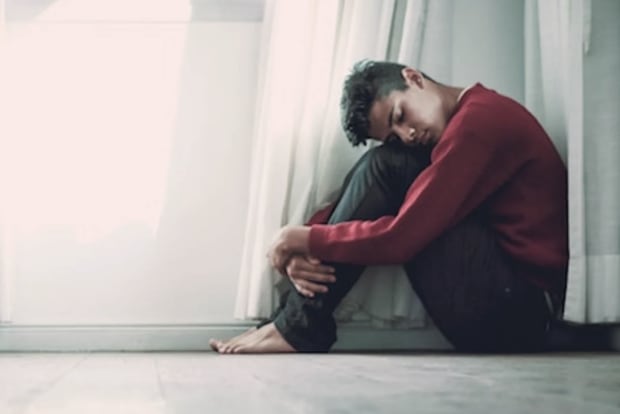Table of Contents
b. How are Panic Disorders Treated?
Overview
For most people, when they think of being healthy, they think of their physical health. This makes sense as it is often much easier to identify someone that has a physical ailment than it is to identify a mental health disorder. However, having good mental health is key to living a happy and healthy life.
Mental health disorders are very common in the United States. Around one in five American adults experience at least one mental illness every year. For children and adolescents aged six to 17, it is one in every six. The severity of all mental health disorders can vary greatly and many can be very serious. Around four percent of adults in the US experience a serious mental illness (SMI) every year. [1]
Keep reading to learn about the most common mental health disorders, including their causes, symptoms, and treatments.
Depression
a. What is Depression?
People with depression have feelings of despair, hopelessness, guilt, irritation, and emptiness almost every day for an extended period of time. Depression is also known as major depressive disorder or clinical depression. This condition affects more than 16 million American adults and over 260 million people around the world. [2] [3] While the condition can occur at any age, it often begins during a person’s teens, 20s, or 30s. [4]
As well as causing persistent negative feelings, symptoms of depression can include fatigue, concentration problems, weight changes, memory trouble, and sleeping problems. These symptoms may lead to suicidal thoughts and actions. [5] Depression is a very complicated condition that is thought to be caused by a combination of psychological, genetic, and environmental factors. Levels of chemicals (neurotransmitters) in the brain do play a role in depression. However, it is not as simplistic as just having an imbalance of these neurotransmitters. [6] Common triggers can include hormone changes, stressful life events, financial troubles, relationship issues, medical conditions, loneliness, stress, or alcohol and drug abuse. [7] There are several different medications used to treat depression. Common antidepressants include Effexor XR (venlafaxine XR), Elavil (amitriptyline), and Wellbutrin XL (bupropion). As well as prescription medications, therapy can also be beneficial when treating depression. Psychotherapy can help you solve problems, set personal goals, and identify negative behaviors that you can improve. Everybody gets anxious at certain times in life. It is a natural feeling before an important exam, job interview, or giving a speech. For people that suffer from an anxiety disorder, these feelings are extreme. Feelings of anxiety may be with you at all times and can last for months. Anxiety disorders are the most common type of emotional disorder. This condition can affect people of any age but is more commonly diagnosed in women. [8] Anxiety is also common in many different mental health disorders, including panic disorders, obsessive-compulsive disorders, and post-traumatic stress disorder. While different people experience different symptoms of anxiety, common signs can include an increased heart rate, restlessness, concentration problems, rapid breathing, difficulty falling asleep, or a disconnect between mind and body. [8] Anxiety is usually treated with medications or therapy. Anti-anxiety medications such as buspirone can reduce the symptoms of anxiety. Alternatively, your doctor may prescribe certain antidepressants. The most effective form of psychotherapy for anxiety is cognitive behavior therapy (CBT). This involves teaching someone specific skills to help them complete activities that they may have been avoiding because of anxiety. [9] A panic disorder is a mental health condition that causes repeated and unexpected panic attacks. Panic attacks themselves are quite common, especially when you are stressed, tired, or after intense exercise. Having a panic attack does not constitute having a panic disorder. Panic disorders involve having recurrent panic attacks and having a constant fear of having another attack. [10] Usually, a panic attack begins suddenly, with symptoms peaking within minutes. Common symptoms can include rapid heart rate, shortness of breath, intense fear, chills, nausea, chest pain, headaches, dizziness, light-headedness, and a sense of danger. Like many other mental health disorders, panic disorders are usually treated by a combination of medication and psychotherapy. Antidepressants such as Celexa (citalopram) or Prozac (fluoxetine) can help manage panic attack symptoms. Psychotherapy can also help. Cognitive behavior therapy can help you overcome the fear of a panic attack by recreating the symptoms in a safe manner. [10] OCD (obsessive-compulsive disorder) is a mental health condition that causes people to have individual obsessions or compulsions. These obsessions are intense and may lead to repetitive thoughts or impulses. For most OCD patients, they do not want to have obsessions and understand that they do not make sense. Common obsessions can include contamination or germs, leaving doors unlocked, or a fear of acting in a shameful way. [11] While obsessions are repetitive thoughts, compulsions are repetitive behaviors. Compulsions are often time-consuming but are used as a temporary way to cope. Common compulsions can include hand-washing, putting things in order, or repeating activities a certain number of times. [11] Treatment for obsessive-compulsive disorder is usually a combination of cognitive behavior therapy and medications. Part of CBT involves gradual exposure to fear in a safe space. OCD patients can then learn ways to resist their compulsive urges. Certain antidepressants such as Prozac (fluoxetine) and Anafranil (clomipramine) can help control obsessions and compulsions. Post-traumatic stress disorder (PTSD) is a mental health condition that occurs after experiencing or seeing a traumatic event, such as a natural disaster, war, or sexual violence. PTSD affects around 3.5 percent of adults in the United States and is more common in women. [12] Common symptoms of PTSD can include severe anxiety, nightmares, flashbacks, and uncontrollable thoughts. These symptoms can interfere with daily life and cause significant problems with family and personal relationships. People that have PTSD may attempt to avoid potential triggers by trying to avoid talking about the event or avoiding people, places, or activities that remind them of the event. [13] PTSD is primarily treated with talk therapy. There are several different types of therapy that can be effective. These include cognitive therapy, exposure therapy, and eye movement desensitization and reprocessing. Additionally, your doctor may prescribe antidepressants or anti-anxiety medications. The content in this article is intended for informational purposes only. This website does not provide medical advice. In all circumstances, you should always seek the advice of your physician and/or other qualified health professionals(s) for drug, medical condition, or treatment advice. The content provided on this website is not a substitute for professional medical advice, diagnosis, or treatment.
b. How is Depression Treated?
Anxiety
a. What is Anxiety?

b. How is Anxiety Treated?
Panic Disorders
a. What are Panic Disorders?
b. How are Panic Disorders Treated?
OCD
a. What is OCD?

b. How is OCD Treated?
PTSD
a. What is PTSD?

b. How is PTSD Treated?
